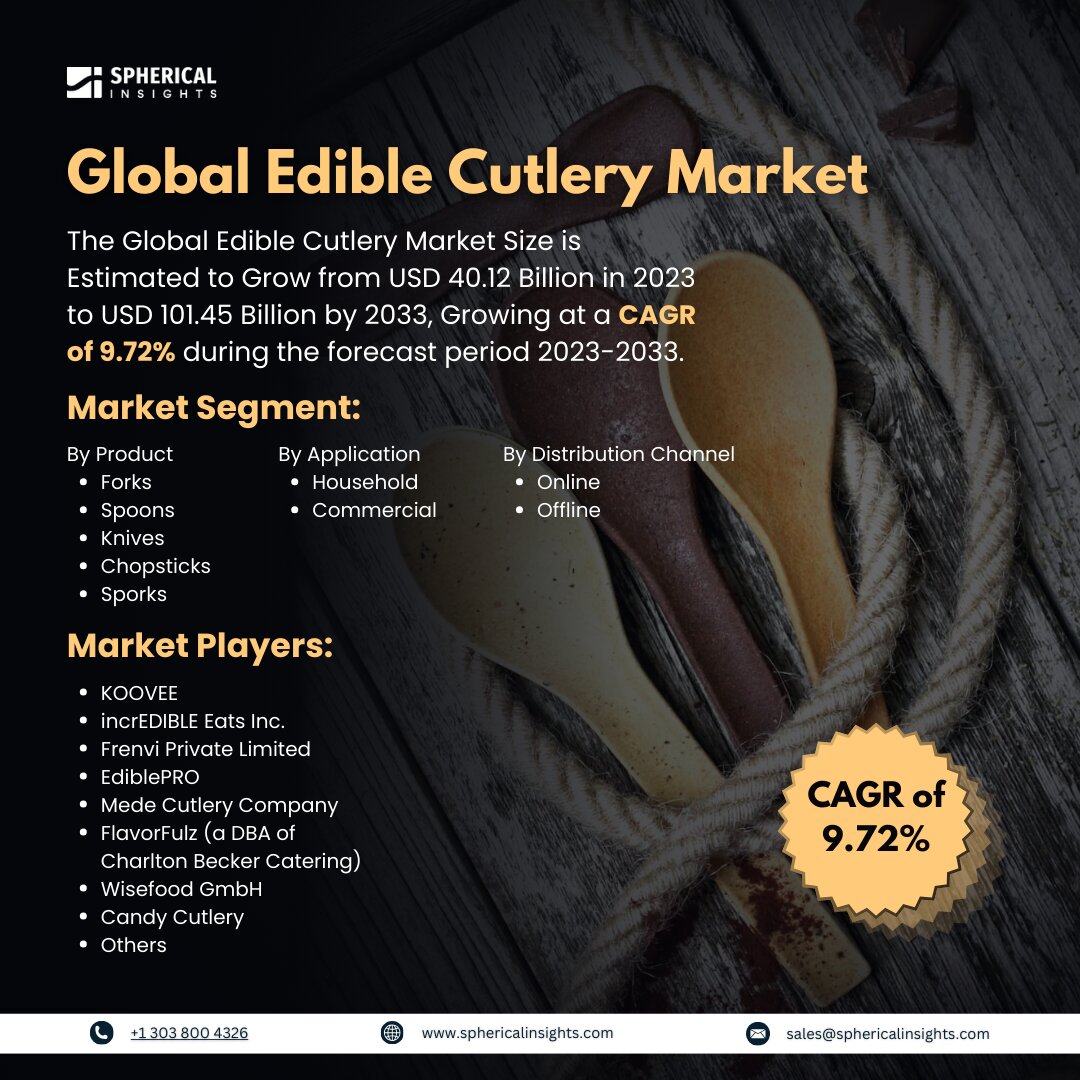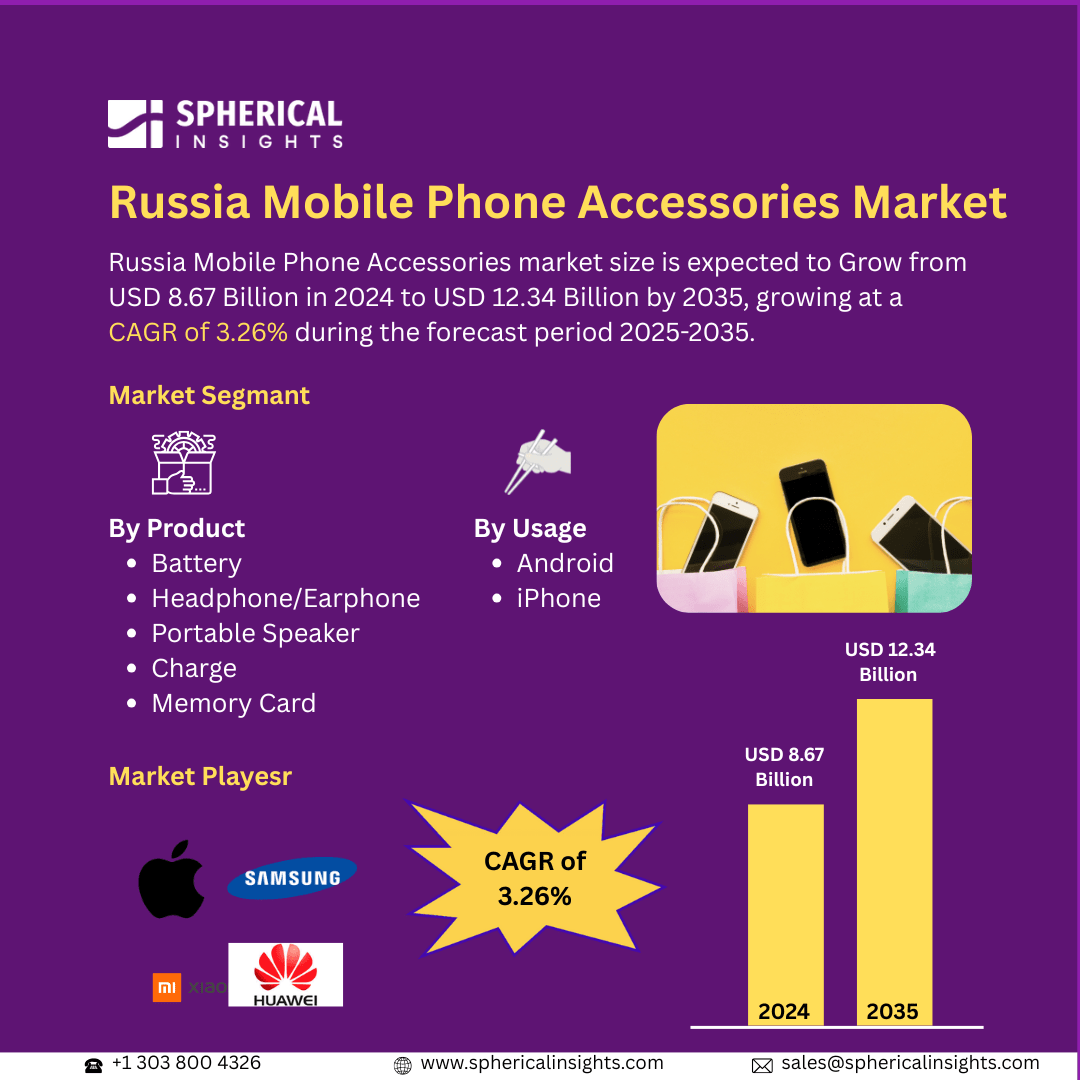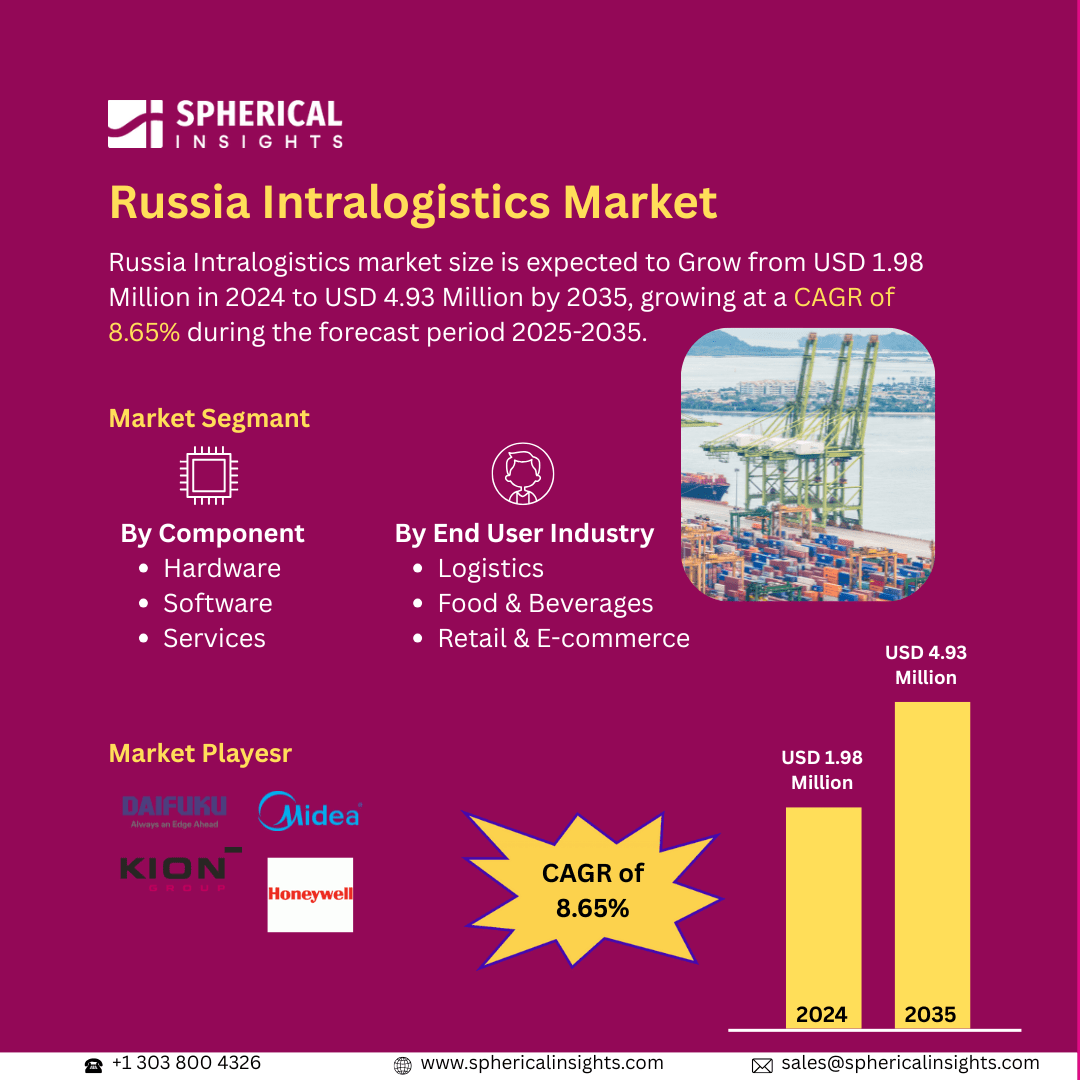Global Edible Cutlery Market Size to Worth USD 101.45 Billion by 2033
According to a research report published by Spherical Insights & Consulting, the Global Edible Cutlery Market Size is Estimated to Grow from USD 40.12 Billion in 2023 to USD 101.45 Billion by 2033, Growing at a CAGR of 9.72% during the forecast period 2023-2033.
Browse key industry insights spread across 215 pages with 110 Market data tables and figures & charts from the report on the Global Edible Cutlery Market Size, Share, and COVID-19 Impact Analysis, By Product (Forks, Spoons, Knives, Chopsticks, and Sporks), By Application (Household and Commercial), By Distribution Channel (Online and Offline), and By Region (North America, Europe, Asia-Pacific, Latin America, Middle East, and Africa), Analysis and Forecast 2023 – 2033.
Edible cutlery is referred to as silverware that is produced from consumable materials, usually rice or flour, and that may be eaten after usage. Rising environmental consciousness, which has resulted in less plastic being used, is one of the reasons for the increasing demand for edible cutlery. Additionally, consumers' emphasis on wellness and health is increasing demand for healthier substitutes. Along with educational programs that promote sustainability, the trend is also being developed by innovation, beneficial policies, and industry growth. Consumers are becoming more inclined to make values-based purchases as they become more knowledgeable about environmental challenges and their options. Novel products that address the increased interest in sustainable living are being introduced by manufacturers in response to this demand. As consumers look for healthier, eco-friendly options that fit their evolving tastes and lifestyles, the market for edible cutlery is expected to continue expanding. Edible cutlery has become more popular as customers concentrate a higher priority on their health and well-being. Diverse consumer preferences have been accommodated by innovative product creation in areas such as taste, texture, and appearance. Edible cutlery has found a new market as a result of the growth of the food service sector, especially fast-casual dining establishments and food delivery services. However, access to edible cutlery is restricted in some areas due to limited availability, which prevents market penetration.
The spoons segment accounted for the largest market share of 35.33% in 2023 and is expected to grow at a significant CAGR through the projected period.
Based on the product, the edible cutlery market is categorized into forks, spoons, knives, chopsticks, and sporks. Among these, the spoons segment accounted for the largest market share of 35.33% in 2023 and is expected to grow at a significant CAGR through the projected period. Growing emphasis on sustainable and health-conscious living is the reason behind the increase in demand for edible cutlery, especially spoons. Edible spoons present a strong substitute for traditional plastic cutlery as customers place a greater emphasis on environmentally friendly options. Edible spoons are becoming a symbol of innovation and responsible consumption as the culinary landscape embraces distinctive and sustainable dining experiences. This is generating demand from consumers and companies looking to provide eco-friendly options without sacrificing convenience or taste.
The commercial segment dominated the largest market share of 78.59% in 2023 and is expected to grow at a significant CAGR during the forecast period.
Based on the application, the edible cutlery market is classified into household and commercial. Among these, the commercial segment dominated the largest market share of 78.59% in 2023 and is expected to grow at a significant CAGR during the forecast period. The use of edible cutlery is being encouraged by the increased emphasis on consumer satisfaction and environmental responsibility in business settings. Edible cutlery is becoming a more sustainable option for restaurants, catering businesses, and other culinary facilities as eco-conscious dining habits gain traction. Edible cutlery's sustainability and novelty make it a desirable choice for commercial applications as firms seek to stand out from the competition.
The online segment accounted for the largest market share of 80.07% in 2023 and is expected to grow at a significant CAGR through the projected timeframe.
Based on the distribution channel, the edible cutlery market is divided into online and offline. Among these, the online segment accounted for the largest market share of 80.07% in 2023 and is expected to grow at a significant CAGR through the projected timeframe. Since online retailers provide consumers looking for sustainable alternatives ease and accessibility, demand for edible cutlery is rising. Online marketplaces provide a large selection of edible cutlery choices, enabling customers to browse and buy items that suit their environmentally conscious tastes. Accordingly, those who want to use edible cutlery in their daily lives prefer online channels since they can easily browse through a variety of goods and make informed choices based on product descriptions and reviews.
North America is expected to hold the largest share of the edible cutlery market through the forecast period.
North America is expected to hold the largest share of the edible cutlery market through the forecast period. North America is currently leading the world market for edible cutlery due to rising environmental consciousness and the need to reduce plastic consumption. North American businesses have been at the forefront of innovation, actively researching and producing edible cutlery goods to fulfill the growing demand from consumers for biodegradable alternatives. The edible cutlery market is expanding because research shows that American consumers are willing to pay more for environmentally friendly goods. Consumers of all ages have responded favourably to successful sustainability marketing campaigns, which have influenced their purchase decisions.
Asia Pacific is predicted to grow at the fastest CAGR of the edible cutlery market over the forecast period. Owing to the region's strong manufacturing base, edible cutlery can be produced on an extensive basis and at a reasonable cost. With their developed supply chain networks, China and India are the leading instances of nations capable of effectively distributing goods. This enables businesses to offer edible cutlery to clients quickly and economically, which makes it a desirable alternative.
Competitive Analysis
Major key players in the edible cutlery market include KOOVEE, incrEDIBLE Eats Inc., Frenvi Private Limited, EdiblePRO, Mede Cutlery Company, FlavorFulz, a DBA of Charlton Becker Catering, Wisefood GmbH, Candy Cutlery, and others.
Recent Developments
- In May 2024, through its Single-Use Plastics Challenge, Google tested creative ideas from nine businesses to reduce plastic waste, such as smart food dispensers, clay mugs, and edible cutlery.
- In February 2024, Iberostar, a chain of hotels in Mallorca, partnered with Gloop, a firm that makes edible cutlery, to buy coffee stirrers, straws, and spoons for its 35 locations in Spain. This partnership reduced waste and provided a distinctive culinary experience.
Key Target Audience
- Market Players
- Investors
- End-users
- Government Authorities
- Consulting and Research Firm
- Venture capitalists
- Value-Added Resellers (VARs)
Market Segment
This study forecasts revenue at global, regional, and country levels from 2023 to 2033. Spherical Insights has segmented the edible cutlery market based on the below-mentioned segments:
Global Edible Cutlery Market, By Product
- Forks
- Spoons
- Knives
- Chopsticks
- Sporks
Global Edible Cutlery Market, By Application
Global Edible Cutlery Market, By Distribution Channel
Global Edible Cutlery Market, By Regional Analysis
- North America
- Europe
- Germany
- UK
- France
- Italy
- Spain
- Russia
- Rest of Europe
- Asia Pacific
- China
- Japan
- India
- South Korea
- Australia
- Rest of Asia Pacific
- South America
- Brazil
- Argentina
- Rest of South America
- Middle East & Africa
- UAE
- Saudi Arabia
- Qatar
- South Africa
- Rest of the Middle East & Africa



